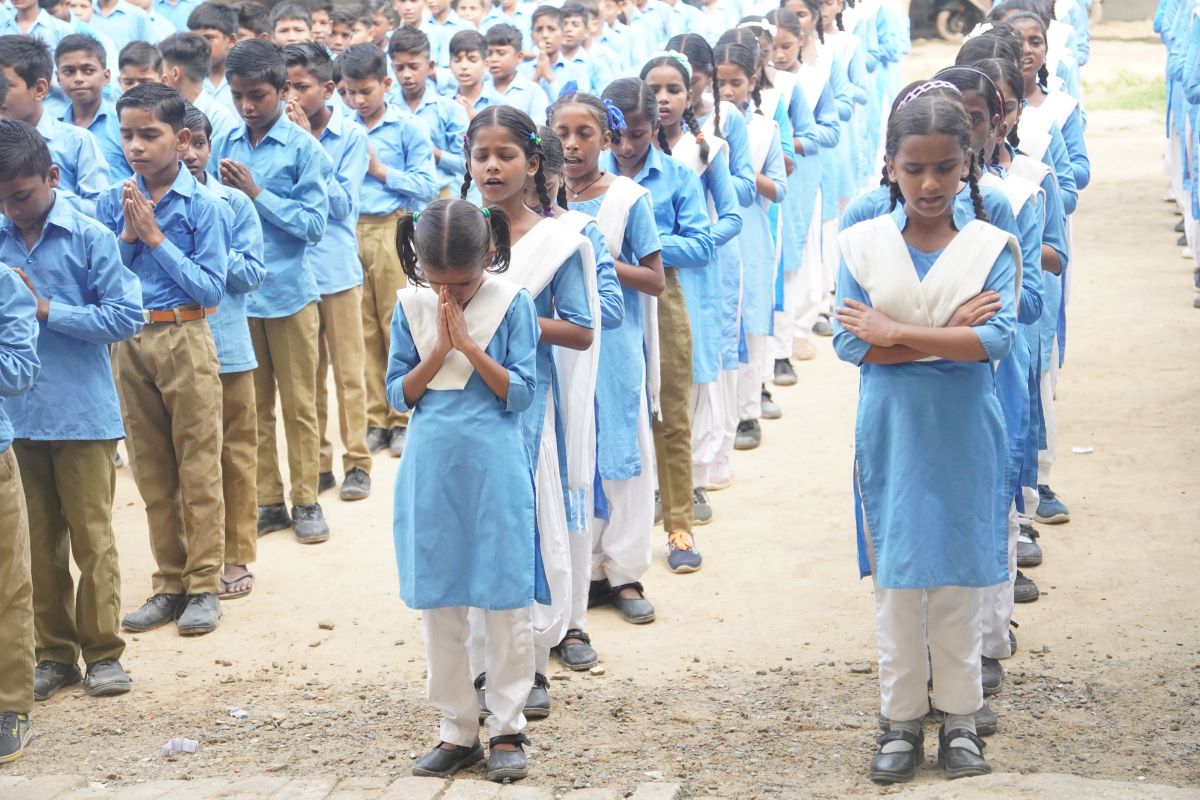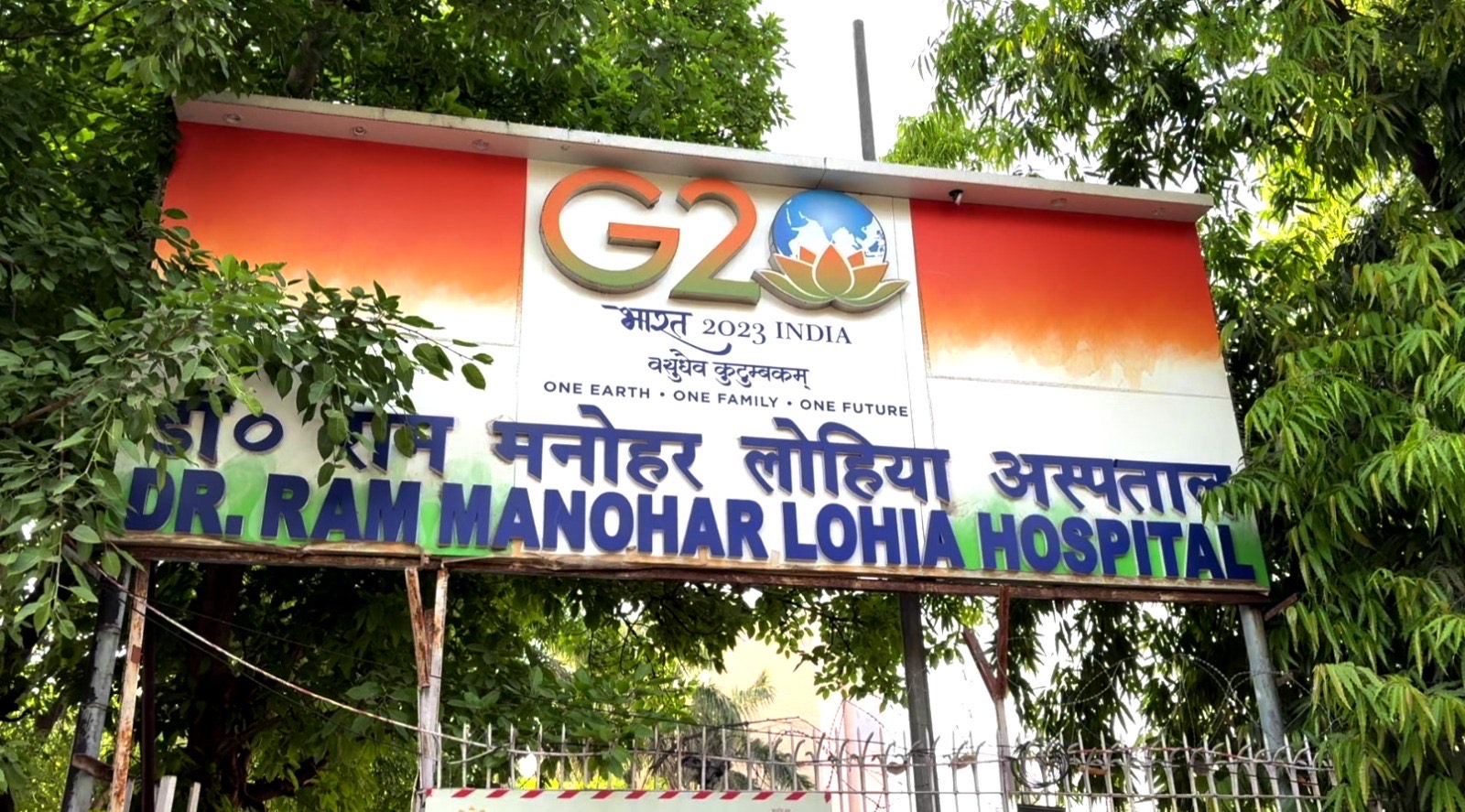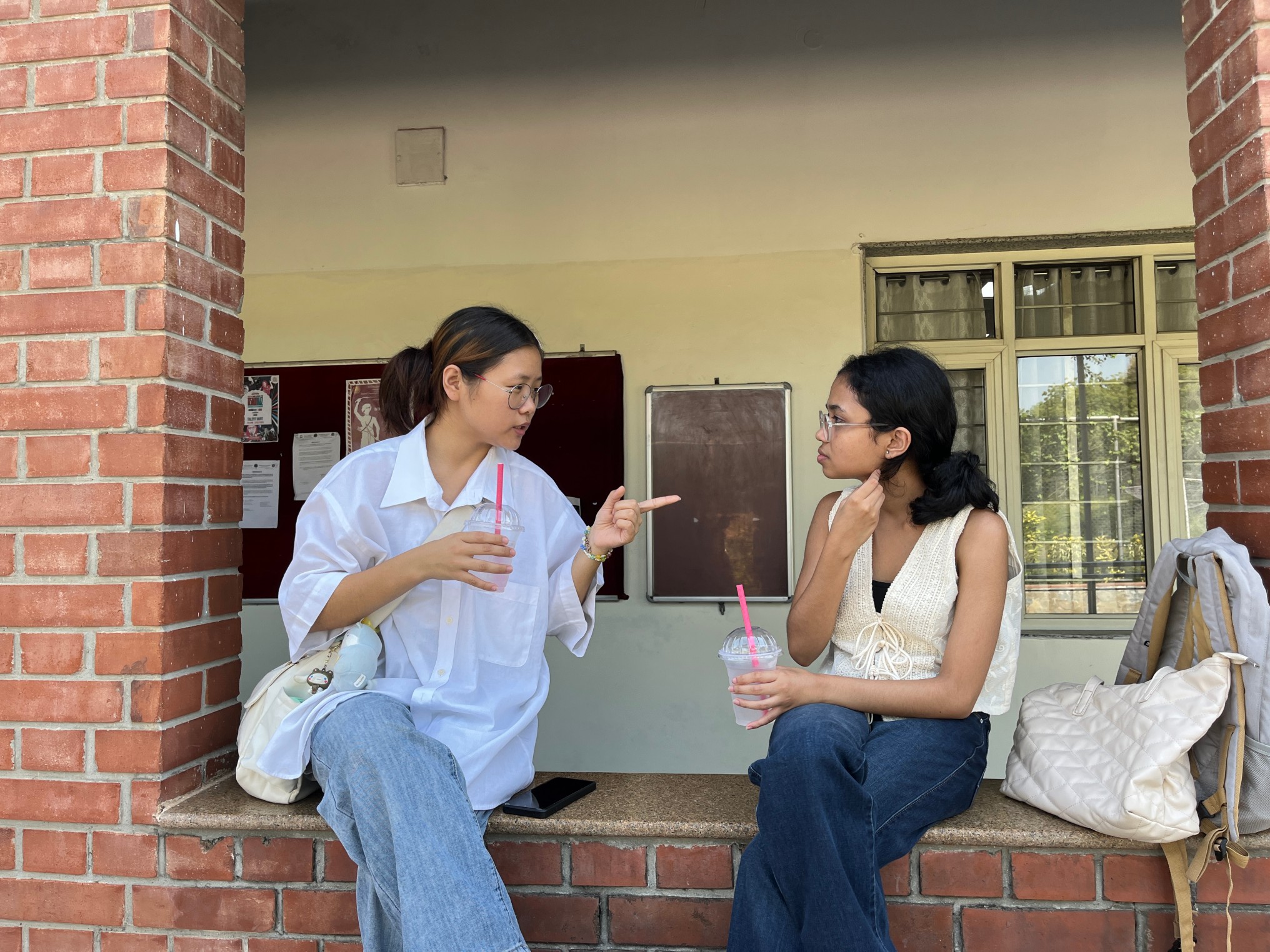It was a sunny day on August 12 in Mahua, Kotwali Dehat, Bijnor when around 12 girls from the Janta Inter College were thrown out of the school for wearing Hijab. The local Gram-Pradhan proxy Haji Aarif who is the husband of village-head Zubaida Bano made a video of the incident that quickly went viral and inflamed sweltering concerns on different social media portals. In the video, the Hijabi girls pointed out that their Principal Shivendra Pal Singh has prohibited Islamic headscarves in school. They said that the principal has also threatened them to give transfer certificates (TC) in case they violate the given instructions.
‘The previous principal and staff did not have any communal hatred against Muslims, but the new teachers and Principal are not welcoming towards Muslim students and Muslims in general,’ said a resident in a gloomy tone.
The girls who confronted these outbursts of hate expressed severe disappointment against the administration. Their parents and some active villagers also protested against the autocracy, but the college administration has not taken any accountability for the disheartening incident till now.
‘When you talk about the “unity In diversity,” do you mean that the girls should be wearing jeans and flaunt open hair in school? What are we supposed to do for the growth of children? Whatever I instructed was for the future of my students,’ told the principal to FII when questioned about his Islamophobia.
The targeted Muslim girls openly expressed their pain of “being excluded” under the derogatory terms and arbitrary practices of the college administration. Even though an ‘alleged agreement,’ between the management and parents has now enabled them to attain college, they still seek corners to stand on and don’t feel at liberty. On the other hand, some Muslim villagers have pointed towards an ‘atmosphere of terror,’ ‘intolerance,’ and ‘Hindutva networking,’ that intends to silence them on issues where voicing concerns is mandatory.
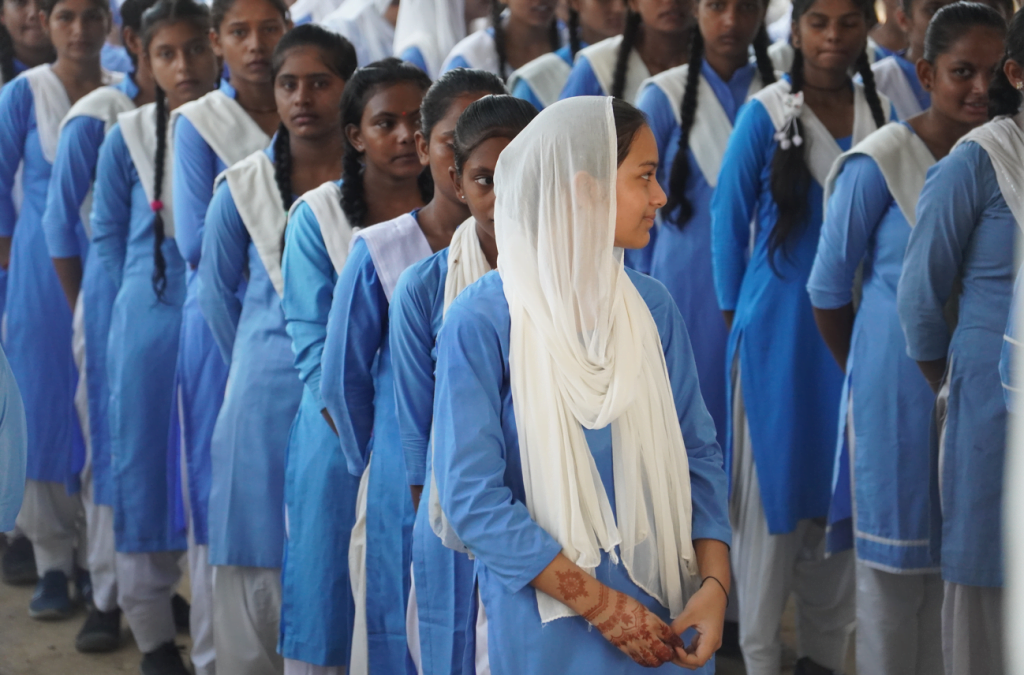
‘Principal sir instructed girls to reach college in proper uniforms and double braids. We feel insulted and excluded at times. How are we supposed to leave things that form my identity and decision?’ said Roohi*, an intermediate student.
In the compact workforce of the Janta Inter Collage, Mahua, there are around 11 temporary and 11 permanent teachers which also includes 2 women and around 4 Muslim educators.
Management trying to protect its secular image through an absurd agreement
Being intervened by the DIOS Jay Karan Yadav, national media and undeclared pressure groups of internal politics, the college administration has tried its best to protect the ‘secular‘ and egalitarian image through a miserable agreement. This ‘alleged agreement,’ is just a statement signed by Principal Shivendra Pal Singh, Rajneesh Kumar (Lecturer) and Vipin Choudhary (Assistant Teacher) that does not take any liability of the administrative autocracy of ‘compelling Hijabi students to go home,’ for not following instructed uniform guidelines.

Distorting the truth, Deewakar, a teacher said, ‘It’s media that is presenting the case as a Hijab-Controversy. No girl wears a Hijab here already. Also, the agreement allows you to cover heads with a dupatta without pinning it.’
In reality, the agreement has only repeated the previous instructions regarding sky blue and white Salwar Kameez with ‘pinned dupatta,’ to maintain ‘equality,’ it’s only signposted in a short footnote that the matter has been resolved now without mentioning any details. DIOS Jay Karan has decrypted the mishap as a ‘misunderstanding,’ between parents and the staff.
‘What’s cultural or religious freedom? We can’t allow students to rock and roll inside campus. How would it look if a Hindu student came to college in “Laal-Peele” cultural dresses? Or if someone wears “tilak” inside an educational institution?’ another teacher told FII while a saree-draped female teacher with all her cultural symbols was fixing her “Pallu” on her head in the main gallery of the college.
The way college management has allowed females to wear Dupattaz without using pins seems like an attempt to escape ‘controversy‘ and maintain a clean image. Principal Shivendra Pal, who assumed responsibility for Janta Inter College approximately two years ago, is depicting the concept of “Hijab” in a manner that suggests these Muslim female students are demonstrating Islamic culture by wearing “Gharara” or “Shrara.”
‘Sometimes I tell children to be aware of Khasra (measles), somedays I instruct them to safeguard themselves from Malaria. It’s my responsibility to guide them and protect them in the best possible way,’ said the Principal.
Sneaking into the background of the incident, it’s also important to note that on August 9, the Supreme Court held an institutional directive against Hijabis and Islamic dresses which was issued by a Mumbai college. ‘Will you ban students from wearing Bindi or Tilak?’ asked the court, and instructed that Muslim women should not be banned from academic institutions for wearing Hijab, Burqa or other Islamic dress codes.
Amid hijab ban, Muslim girls dropping out of schools, guardians concerned
Mahua is surrounded by dense Jungles and populated by people who live close or below the poverty lines. They are often related to the lower class and their children are burdened by the social pressures and lack of financial resources. The village has traced a big boom in communal trenches within the past few years. In this remote rural settlement that contains a noteworthy Muslim and Dalit population, local politics also shapes and moulds the root struggles. But Muslim female students suffer the utmost negative aftermaths of such issues.
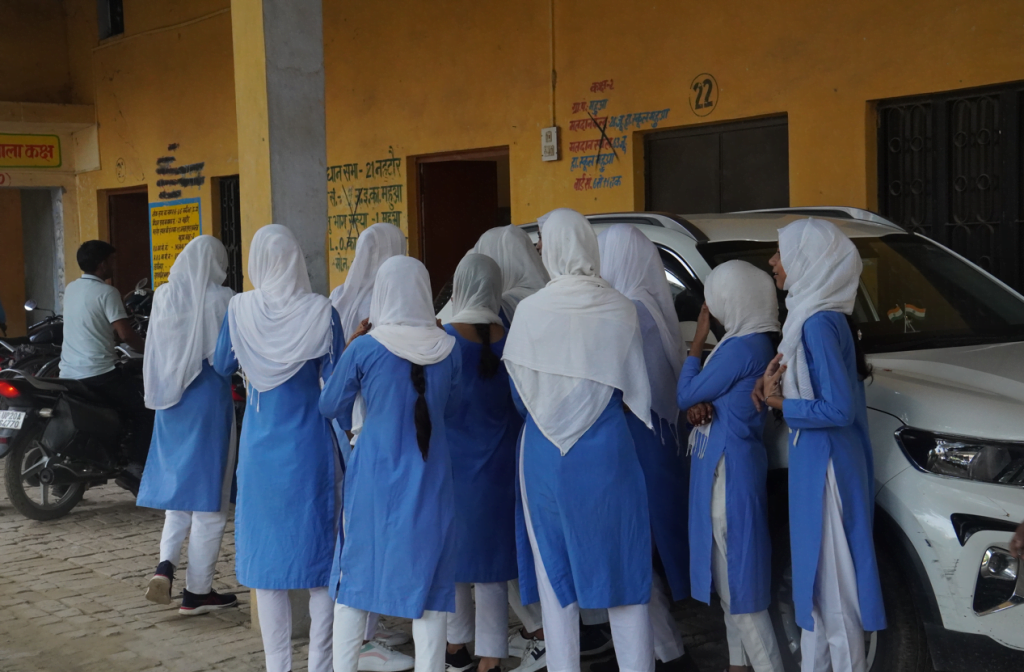
Rihana*, a girl who dropped out of schooling in 2021 said, ‘I did not go to school after 8th because my father is an ordinary fruit seller. Education is expensive and unaffordable for us.‘
Another Muslim girl Afsana* said, ‘I can study till intermediate because after that it would be hard and costly to go outside the village and continue studies.’
Some teachers in the Janta Inter College, like Kuldeep Tiwari who is a lecturer of sociology, believe that many Muslim girl students are brilliant and deserve better opportunities to attain great achievements.
‘Girls often drop education here! There are so many social and financial reasons behind this. Therefore, It’s the responsibility of colleges as well as families to ensure better education for these talented young girls. We must not cause hurdles but support them to ensure their fundamental right,’ said Kuldeep Tiwari to FII.
A father of two girls Raheem* said, ‘We have our own culture and we are not supposed to tilt it anyway. Faith is so pious and imperative to us. I want my girls to attain good education but I can’t forget my identity. I would also feel afraid to send my daughters to an institution where they can face communal hatred.’
In such a distressing atmosphere the Hindutva groups and external restrictions or limitations on dress codes can only discourage and damage the journey of Muslim girl students. The guardians also perceive the ‘Hijab-ban‘ as something that will only limit their daughters.
*names have been changed to protect the identity
About the author(s)
Mariyam (she/her) has a thirst for journalistic and creative stories that consist of feminist, humanitarian, contemporary or artsy themes. She hails from a Political Science, English Literature academic background and an Urdu-Hindi crux.
For her, words are a visionary sovereignty to stand on and find the meaning of being while journalism is the only place where truth comes with utmost clarity, facts and data. When not weaving pointy narratives or poetic expressions, she loves mingling with cats or delving into photography, cinema, music, daydreaming and stargazing.
